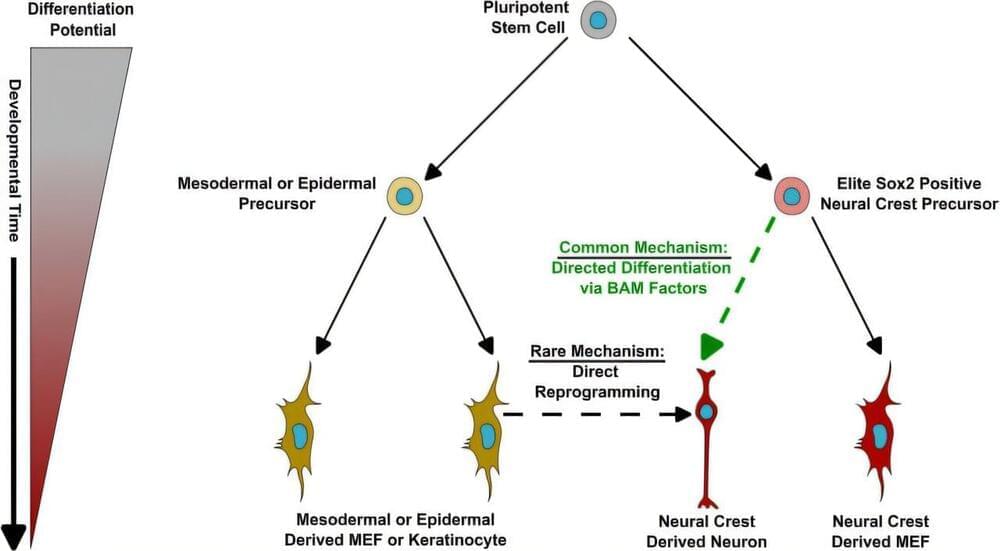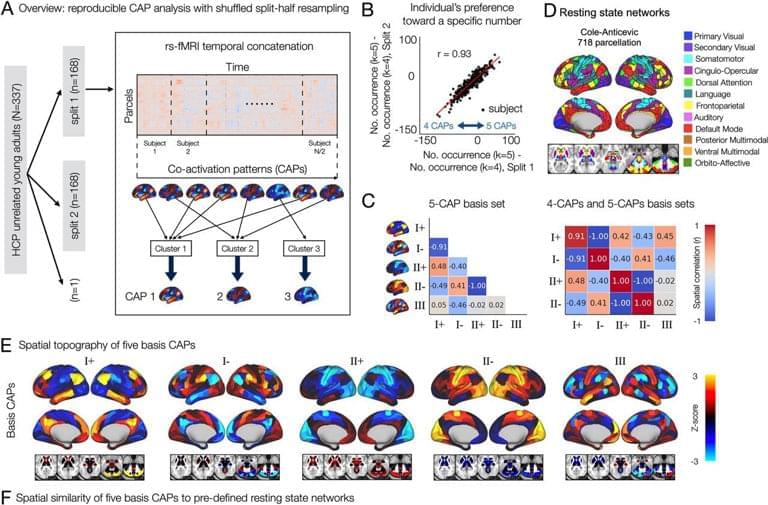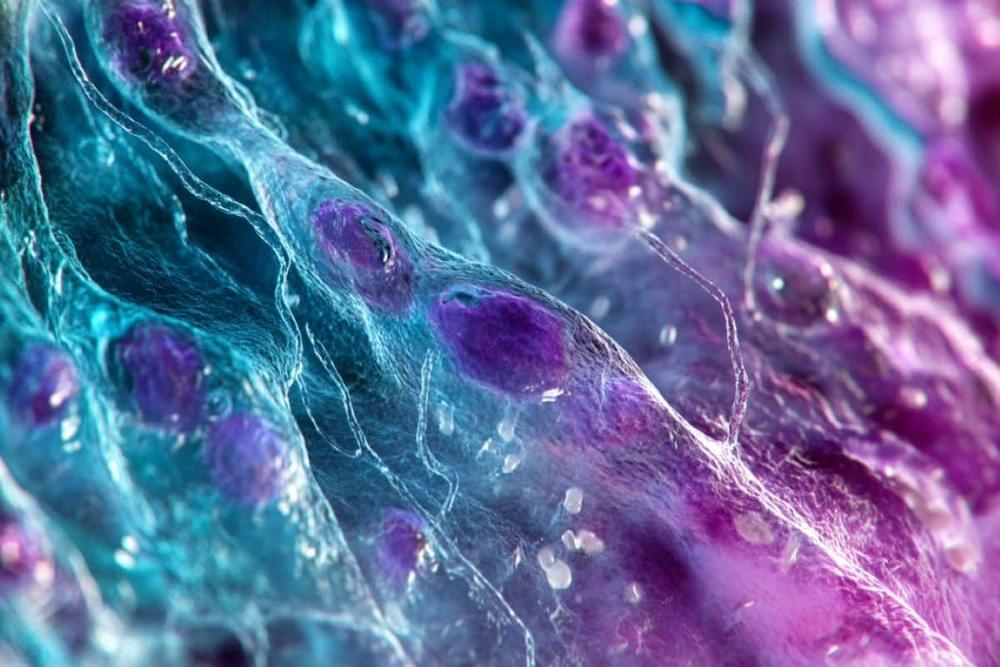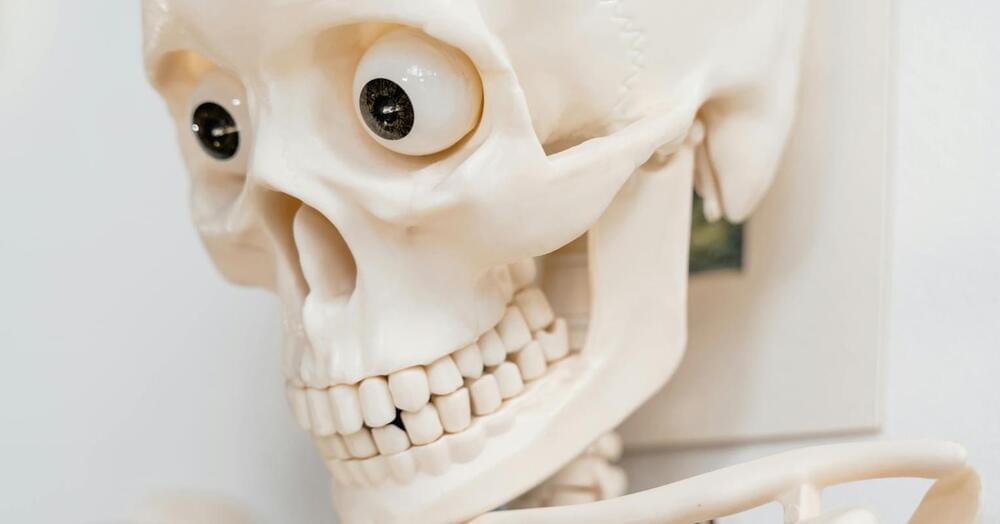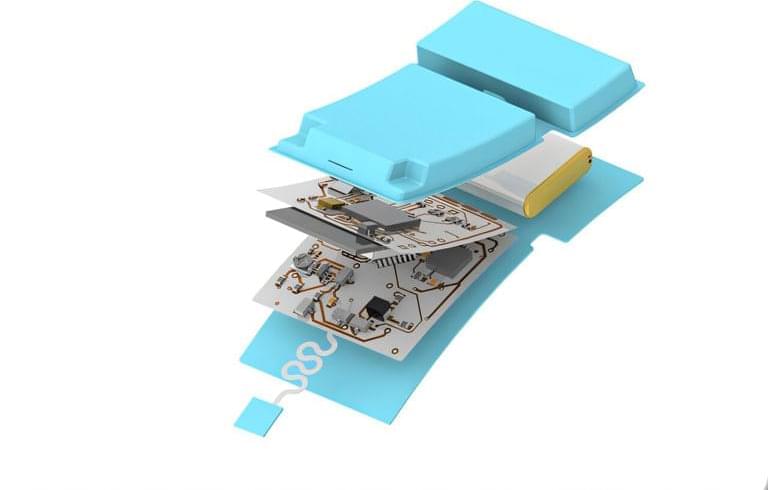Nov 1, 2024
Researchers challenge longstanding theories in cellular reprogramming
Posted by Shailesh Prasad in categories: biotech/medical, neuroscience
A team led by researchers at the University of Toronto has discovered that a group of cells located in the skin and other areas of the body, called neural crest stem cells, are the source of reprogrammed neurons found by other researchers.
